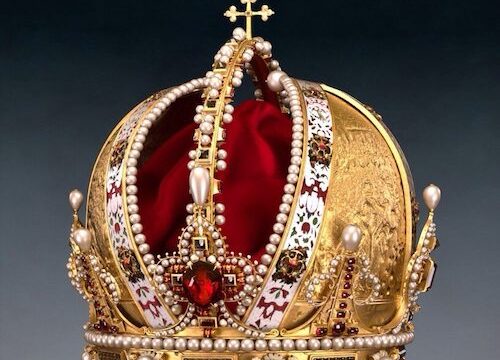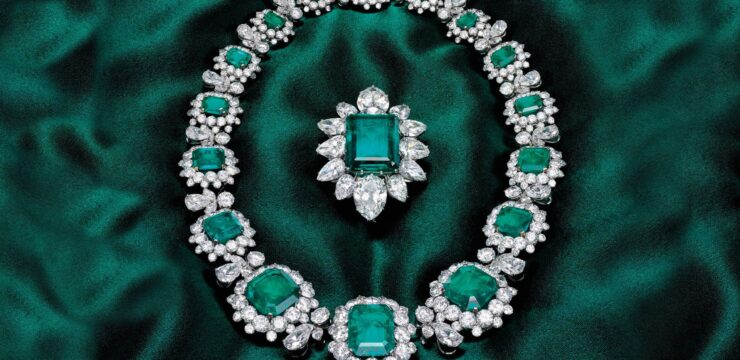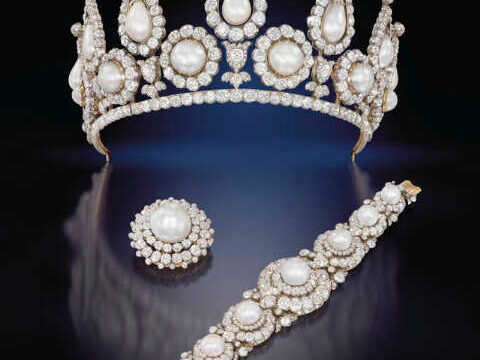For centuries, crown jewels have stood as magnificent symbols of power, authority, and tradition. These dazzling treasures,
encrusted with rare gemstones and precious metals, represent the splendor of monarchy and have been passed down through generations of rulers.
From coronations to state ceremonies, the crown jewels continue to captivate the world with their historical significance and breathtaking beauty.
The History of Crown Jewels
The tradition of crown jewels dates back to ancient times, when monarchs adorned themselves with lavish ornaments to signify their divine right to rule. Over the centuries, these jewels have been reshaped, stolen, recovered, and modified to reflect the changing tides of history. In Europe, the British Crown Jewels are among the most famous, housing treasures such as the Imperial State Crown, the Sovereign’s Orb, and the legendary Koh-i-Noor Diamond.
Famous Crown Jewels Around the World
While the British Crown Jewels are among the most well-known, many nations boast their own extraordinary collections:
- The French Crown Jewels: Once housed in the Louvre, these jewels included the stunning Regent Diamond and the Sancy Diamond, though many were dispersed after the French Revolution.
- The Russian Imperial Regalia: Featuring the Grand Imperial Crown, set with thousands of diamonds, these jewels symbolized the grandeur of the Russian monarchy before the fall of the Romanovs.
- The Danish Crown Jewels: Still used in royal ceremonies, Denmark’s collection includes the magnificent Crown of Christian V and an array of breathtaking jewels.
- The Iranian Crown Jewels: Among the largest collections in the world, Iran’s jewels include the Darya-i-Noor Diamond and the exquisite Peacock Throne.
The Symbolism Behind the Jewels
Crown jewels are not just decorative pieces; they are imbued with deep symbolism. Crowns represent sovereignty and divine rule, scepters embody justice and power, and orbs signify the monarch’s dominion over the world. Each piece in a crown jewel collection carries centuries of history, often linked to the triumphs and tribulations of a nation.
Security and Display
Given their immense value, crown jewels are typically stored in highly secure locations. The British Crown Jewels, for instance, are kept in the Tower of London, guarded by the famous Yeoman Warders. Some crown jewels remain on display for public viewing, allowing visitors to marvel at their splendor while learning about their storied pasts.
Conclusion
The crown jewels of the world serve as lasting testaments to the legacy of royalty, preserving the grandeur of past and present monarchies. Whether displayed in museums, worn in state ceremonies, or locked away in royal vaults, these treasures continue to inspire awe and admiration, ensuring that the legacy of the throne remains glittering for generations to come.





